
The Gartner Survey reveals that a fair work environment elevates the productivity and efficiency of an employee's performance. So, it is clear how important it is to have a total compensation strategy aimed at retaining talent in an organization.
Compensation is simply more than a regular base salary; it encompasses a collaborative set of other non-monetary rewards as well, which contributes to creating a perfect compensation model for your company.
So, drafting a compensation model that is tailored to the company vision, budget, and needs makes it competitive, fair, and reasonable, simply attracting top talent to your company.
A compensation strategy is a means through which a company can attract and retain highly skilled employees to their company. This is done by understanding that a great compensation strategy includes more than just a regular salary; it includes bonuses, incentives, retirement plans, and more.
It also includes other non-monetary means of rewards like health benefits, flexible work arrangements, paid leave, and more.
Drafting an effective compensation plan is more about the plan being tailored to the needs of that particular company, their budget, vision, company culture, and the employees that they are looking for, and the compensation trends that are available in the market for these employees, so as to offer a competitive compensation plan.
Cash is a financial reward like the basic salary, or categorized under monetary rewards, which is a payment that is given to the employees of the organization. This includes the base salary or annual salary received by them, other commissions, and bonuses.
The different forms of compensation benefits primarily refer to the non-cash perks that an employee receives from an organization. The types of employee benefits include pension plans, paid leave, maternity leave, medical insurance, life insurance, childcare benefits and more all of it apart from the annual salary.
This helps delve deeper than mere cash-related rewards like bonuses. This contributes more to the employees needs and helps create a great, comprehensive benefits package with life insurance that is competitive and has employees who are loyal to the company’s long-term success.
Non-monetary employee compensation is different from cash-related perks and other benefits. This is purely, as the name suggests, non-monetary. It can come in the form of a balanced workspace for employees with flexible work hours, wellness programs, remote work arrangements if needed, and professional and personal development opportunities for employees.
It was seen that 58% of employees are more engaged if leaders give them recognition for the job done elevating employee engagement.
These elements add to -
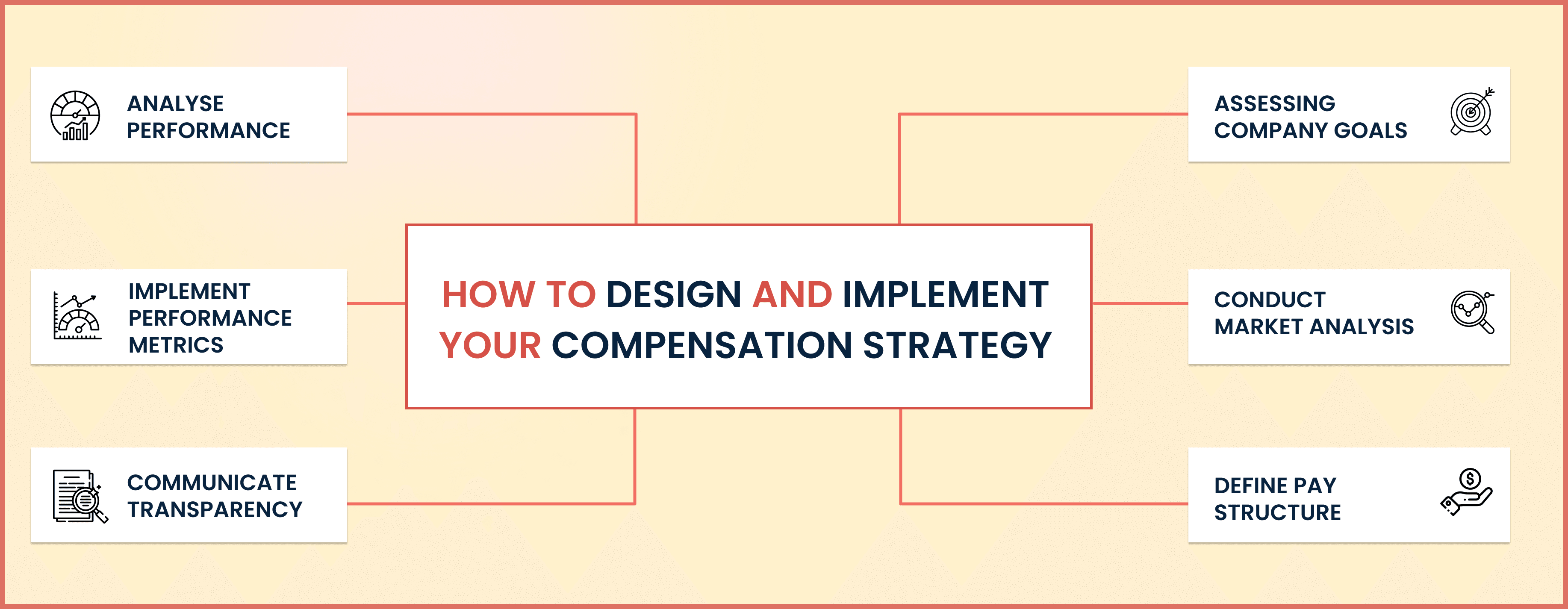
The core concepts and understanding of what a compensation strategy is clear. So, now we move to the 6 different examples of compensation models with their different approaches:
This requires understanding of market conditions, market rate and payment patterns in simpler job roles in the market. This is done as a means to not overpay or even underpay for certain job profiles.
It aligns with the salary range given to the current employees with what's competitive in the market. This kind of research takes into consideration the geographic location, other standards, and demand for the job.
This particular model has the idea of paying the employee with the outcome of what they have achieved. The performance of the employee is what they are paying for, rather than a set amount of salary at the end of the month.
Such means of pay help motivate a more outcome-based performance of achieving profit margins from the employees, delivering the needs of the company and company culture.
In this particular model, compensation is given to an employee’s abilities, skills, and knowledge rather than the role that they have in the organisation. The employees increase their earnings by motivating themselves and with continuous learning with certifications, qualifications.
So, the commission rates and salaries are skill based. This is a prevalent means of compensation in the job market.
This concept of profit-sharing as a model involves employees being a part of the company’s financial success rather directly. Like having a direct stake in the company.
That is, they will receive a particular percentage of the company's profits, which will create a sense of ownership and help with the overall long-term success of the company.
Stock options being offered to full-time employees is what is included in this model of equity compensation. That is, particularly motivating employees with their financial success being tied to the financial success of the company. This helps attract top talent to the company and helps with employee retention as well, leading the employees to be more productive and meet the business goals.
Such a model ensures that the employees are paid as much to keep being able to live in the area they are in, keeping in pace with the inflation. Because the cost of living is increasing rapidly in many areas. Merit pay, on the other hand, rewards employees based on their overall performance in the company. It is keenly based more on the outcome and performance of the employee.
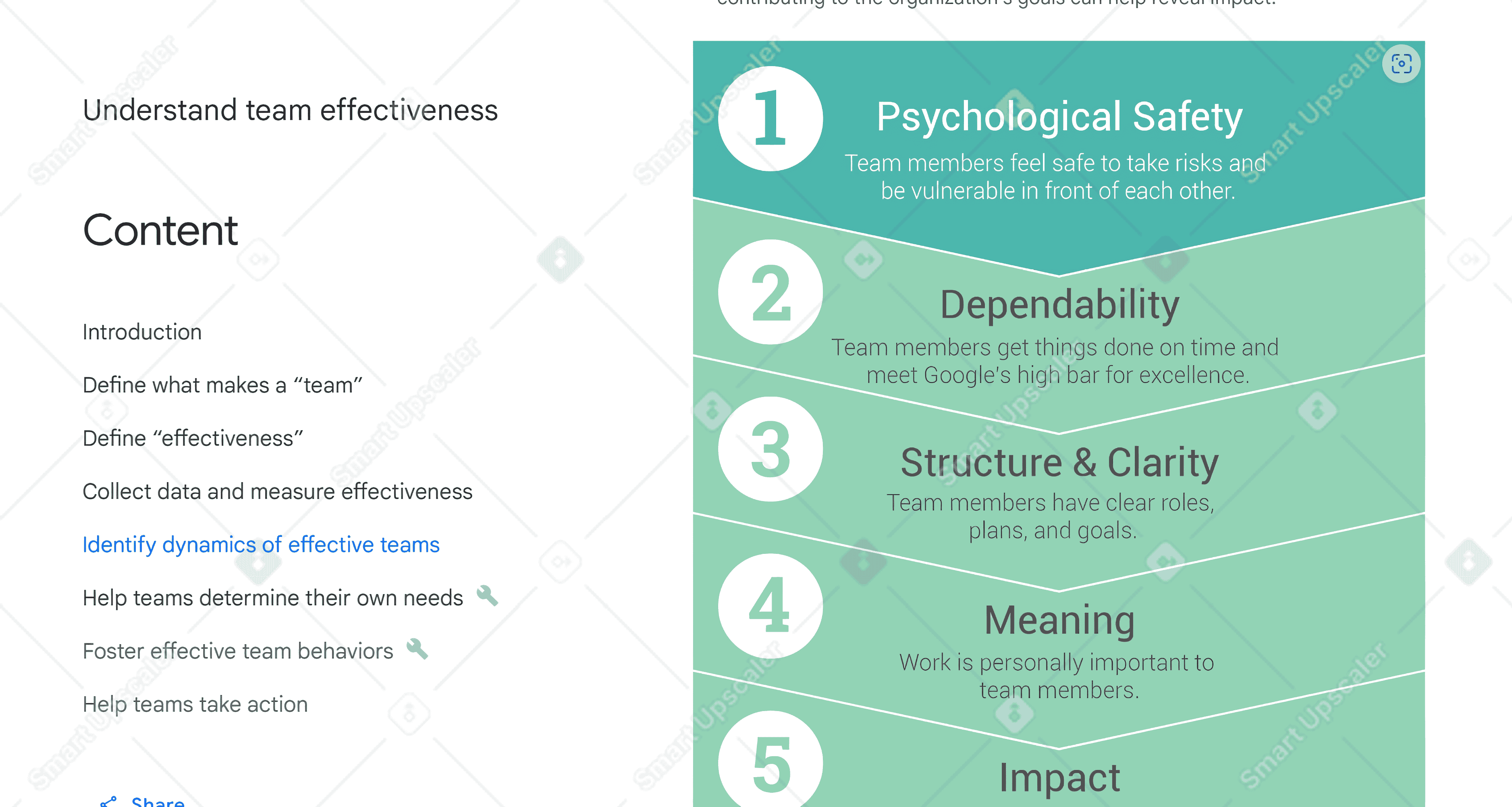
It is as clear as day when we see that Google is known for its high amount of pay or salaries. Google also ensures that they offer more than just a great salary; they deliver a range of non-monetary benefits such as free meals.
Parental leaves, on-site workout gyms, stock options, or equity compensation for the employees, all of which are entailed in the idea of a great compensation package.
So, they deliver on so many levels, ranging from a high cash pay to other benefits like health insurance and more and non-monetary rewards such as wellness programs as well.

The primary significance here is that they have a great profit-sharing plan, which is part of the models we saw earlier, including employees having a direct stake in the company’s financial success. Also, they have extensive benefits and wellness programs. They give their employees competitive salaries as well as bonuses.
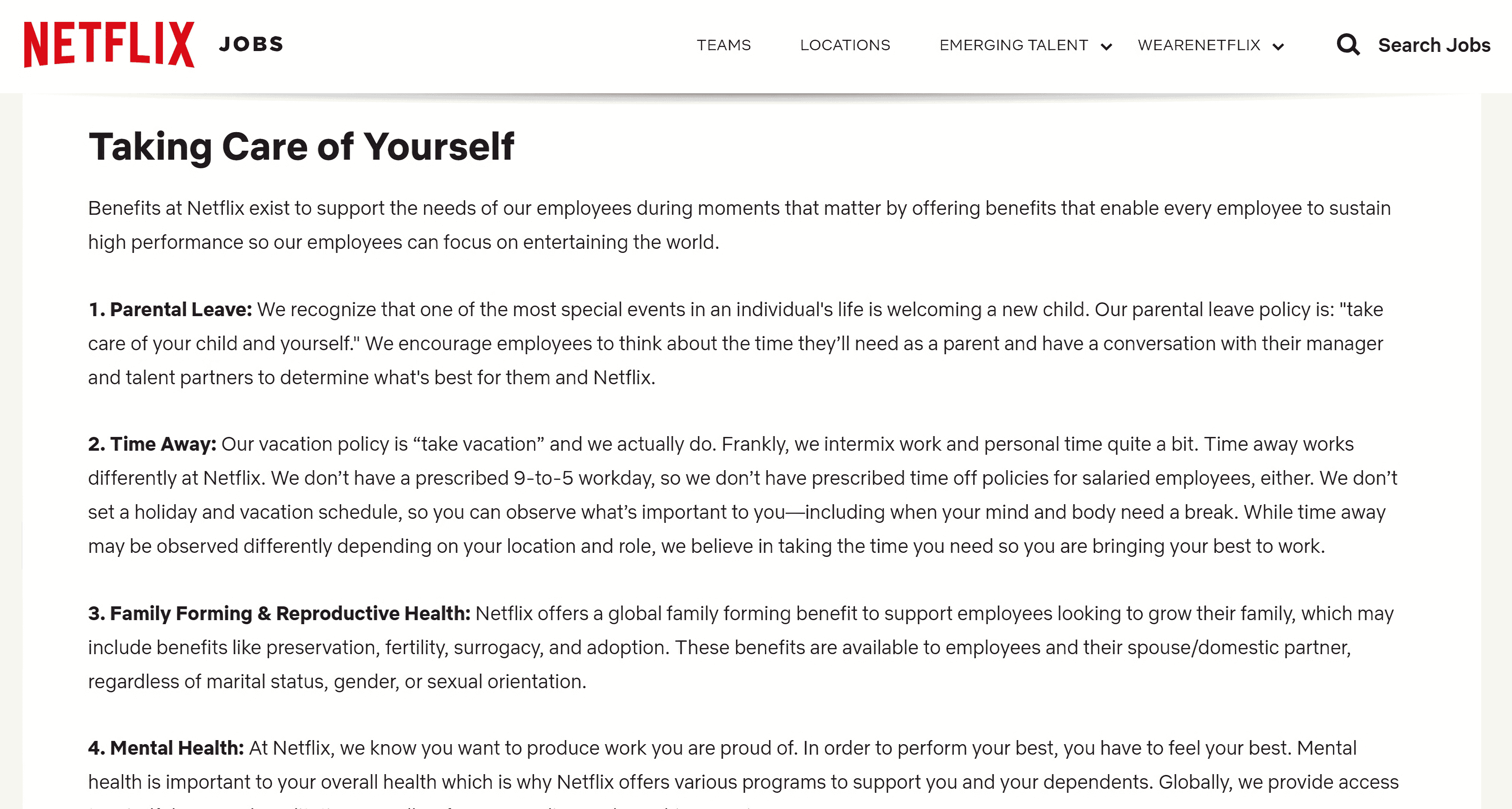
The concept of freedom in Netflix is something that is direly famous for its effectiveness with its employees in general. They offer salaries that are really higher than the market trends for the same job roles.
Also, the concept of freedom extends to how the employees choose to receive their compensation, in cash or stock options. It was also seen that companies that have happier teams and employees have about 23% more in revenues.
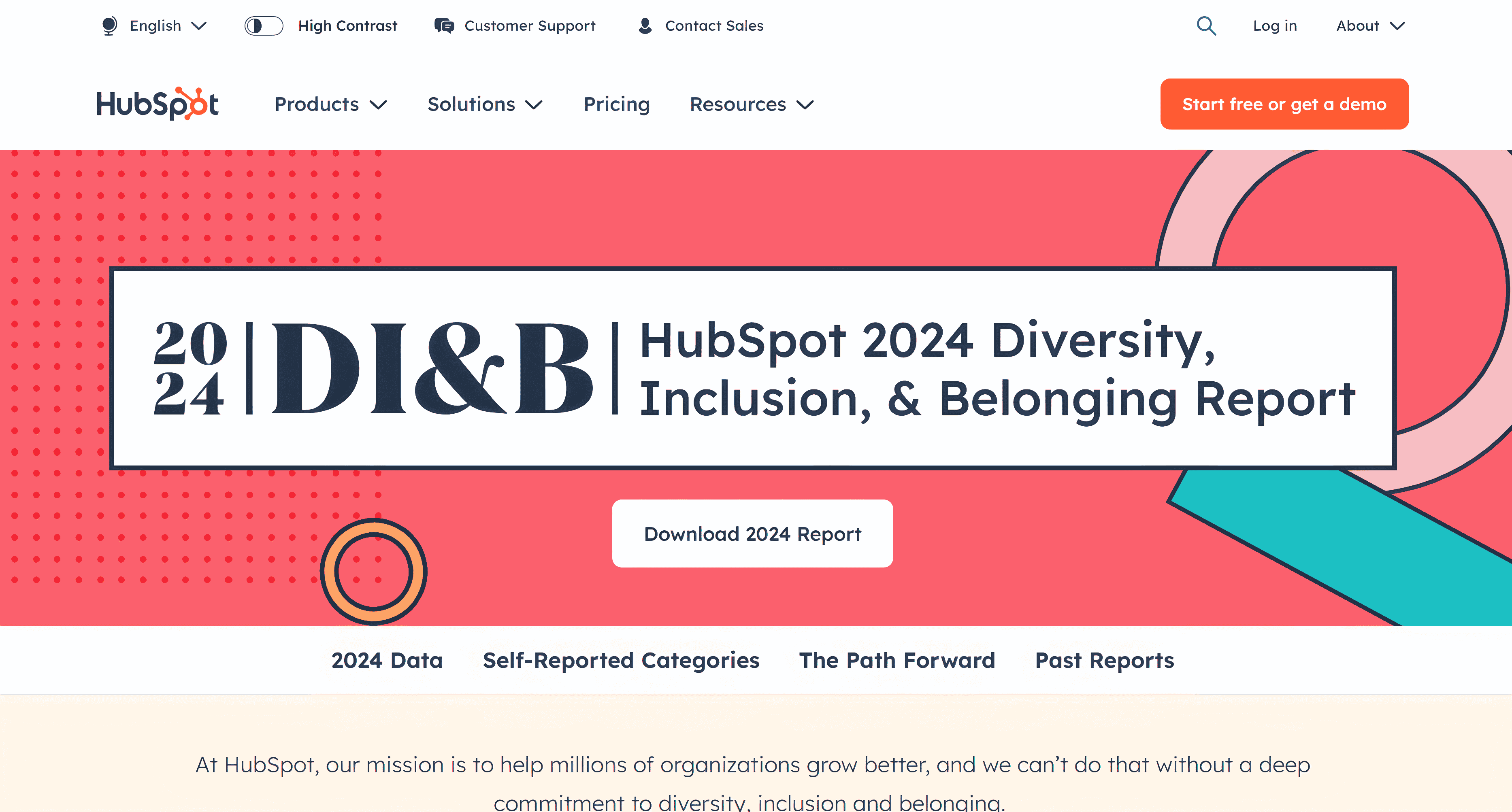
HubSpot offers a true blend of everything, ranging from bonuses, wellness programs, and equity compensation that is given to the employees to create a sense of belongingness and inclusivity.
They also have a system of unlimited vacation days, which contributes to creating the work-life balance that we all aim to achieve. This gives the company a competitive edge.
They also provide non-monetary rewards like flexible hours of remote work, which also allows employees to be more at ease and get their work done. Because showing up for work in a physical space has very little to do with the efficiency one shows with their work.

Microsoft tends to use a more skill-based compensation approach, very much resting on the abilities and skills of an employee in pursuing additional training and certifications. This encourages a pattern of continuous learning and improvement among employees. All this is a part of Microsoft's benefits package.
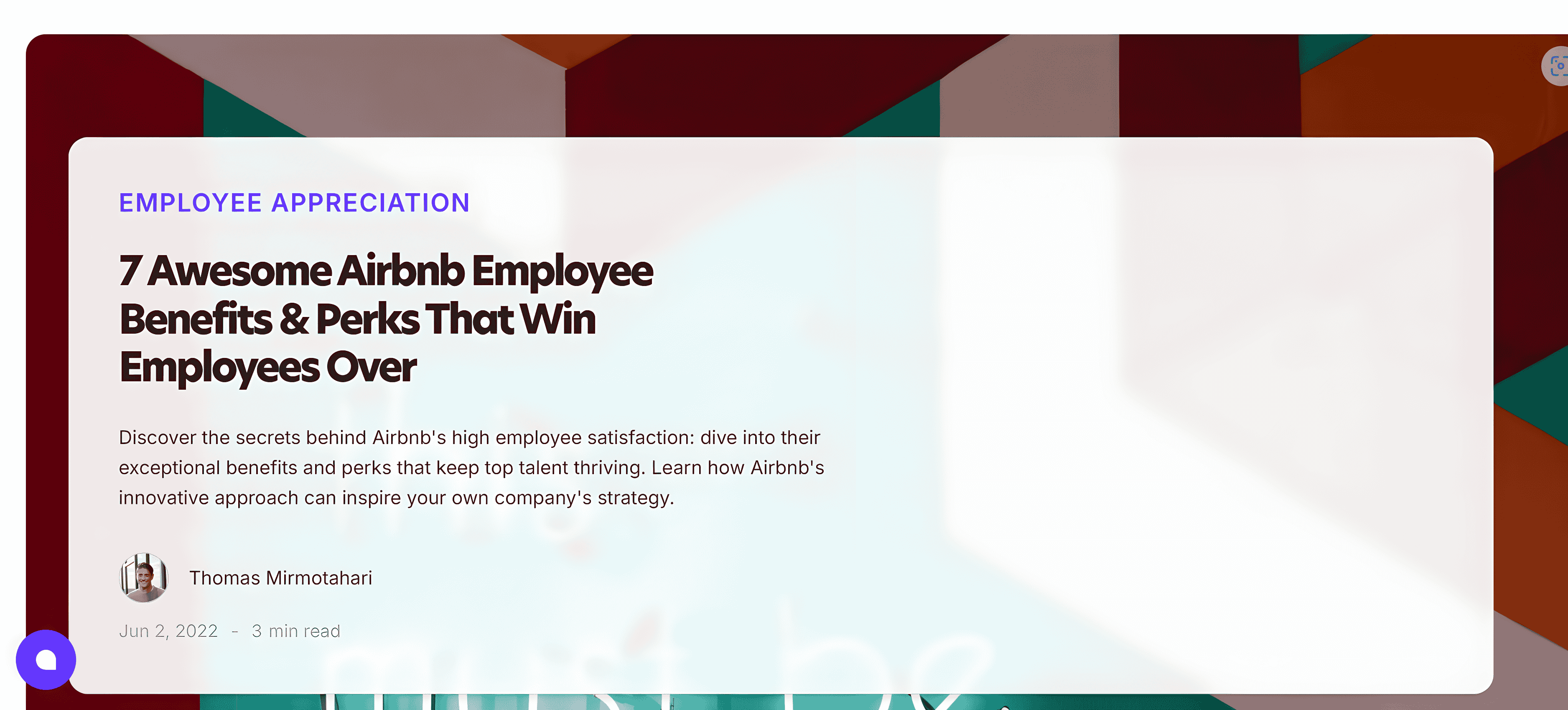
Competitive compensation is the primary highlight of Airbnb; they are generous with their salary as well as their equity compensation as well. Employees tend to stay motivated by the company’s financial success, for they do have a direct involvement with its success and growth and are stakeholders now, not just employees. This is their competitive strategy.
The first step in designing a competitive strategy is assessing the overall goals of the company. What their visions are, their budget, the kind of employees they are looking for, and what contributes to boosting the overall performance of the company.
Standards in the research industry ensure compensation is competitive by comparing salary ranges and checking how the market trends in paying a person with a similar job role and taking into account all the factors like job description, location of the job site, and experience of the employee.
You must define your base pay, other compensation, and bonuses and have them align with the market trends in paying a person with a similar job role and keeping in mind the company goals and objectives. This would definitely help with the hiring process.
The existing employees and their performance must be analyzed while also attempting to understand what they need in order to do better. So, forming packages as per the understanding from employees could help transformative.
Understand the employee achievements and performance of the employees and have it aligned to the compensation they receive. Setting clear goals for the employee’s performance is also a major need.
It is important that the employee understands the compensation structure in its entirety. This can only be done when the concept and details of it are explained in detail to the employee. From telling them about their salary range to how their performance may elevate their pay and more motivating them too simply do better.
Drafting a great compensation plan isn’t about the salaries they get at the end of the month; it is truly about building a sense of trust and motivation in the minds of their employees with a collective set of competitive salaries, other benefits, and other forms of non-monetary compensation.
While we discuss the added benefits of compensation benchmarking, let’s consider a tool like CompUp that provides all the comprehensive functionality to make your compensation benchmarks highly accurate and precise.
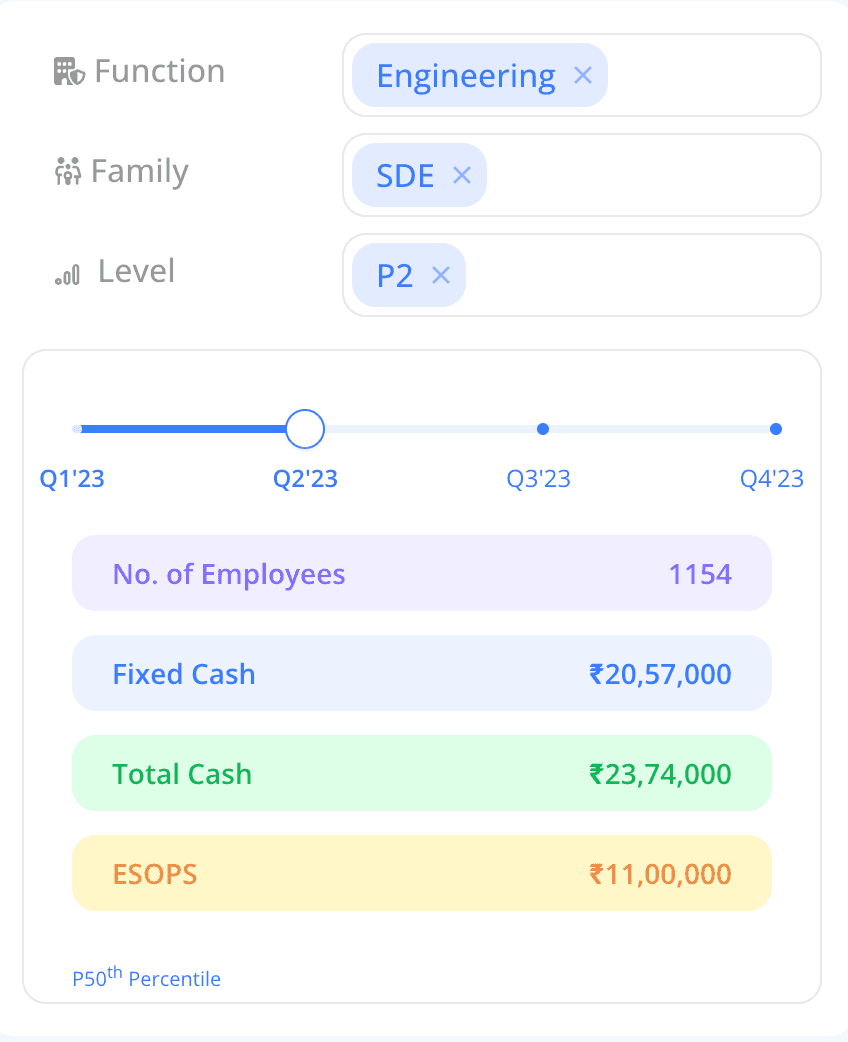
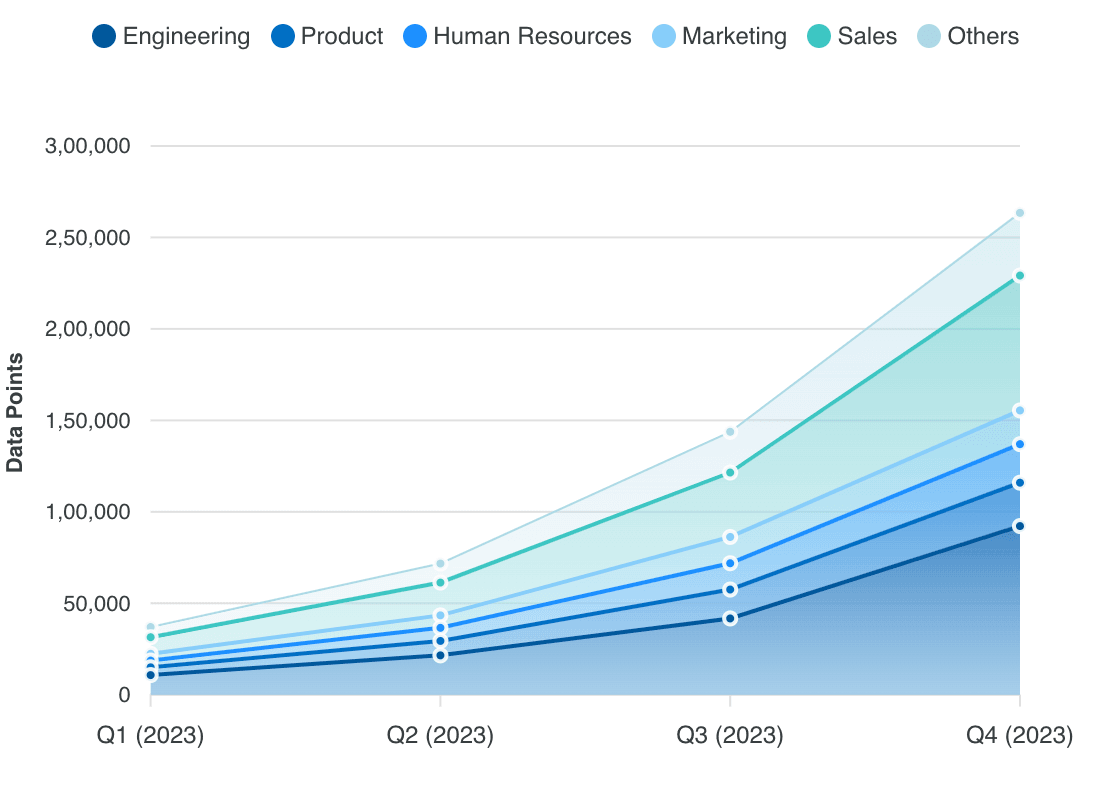

While compensation provides financial security that the employees definitely seek, a long-term relationship can only be built through a great compensation model that simply eases the process of attracting and retaining great employees.
Try the platform here and become a part of their growing network.
Revolutionizing Pay Strategies: Don't Miss Our Latest Blogs on Compensation Benchmarking